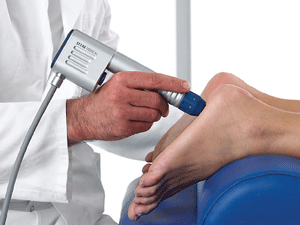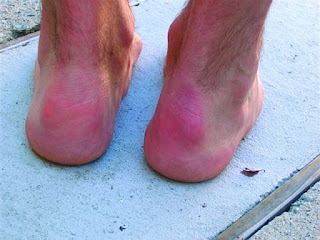Shockwave therapy for Tendinitis--Is it right for you?

ESWT What is Extracorporeal Shockwave Therapy? Extracorporeal Shockwave Therapy treatment is a highly effective treatment available for patients with chronic tendon disorders, and is used widely by Sports Physicians & Orthopaedic Surgeons. Shockwave therapy is a non surgical treatment, and works by delivering impulses of energy(via sound waves), targeted to specific damaged tissues within the abnormal tendon. This increases the blood flow within the affected area, stimulating cell regeneration and healing, and decreasing local factors which can cause pain. How shockwave therapy works A probe is pressed on to the affected area and the shockwaves are delivered through the skin (a gel like substance is also applied to the area to promote the process) The impulses are delivered through the skin as a shockwave that spreads inside the injured tissue as an aspherical ‘radial' wave. These radial shockwaves initiate






